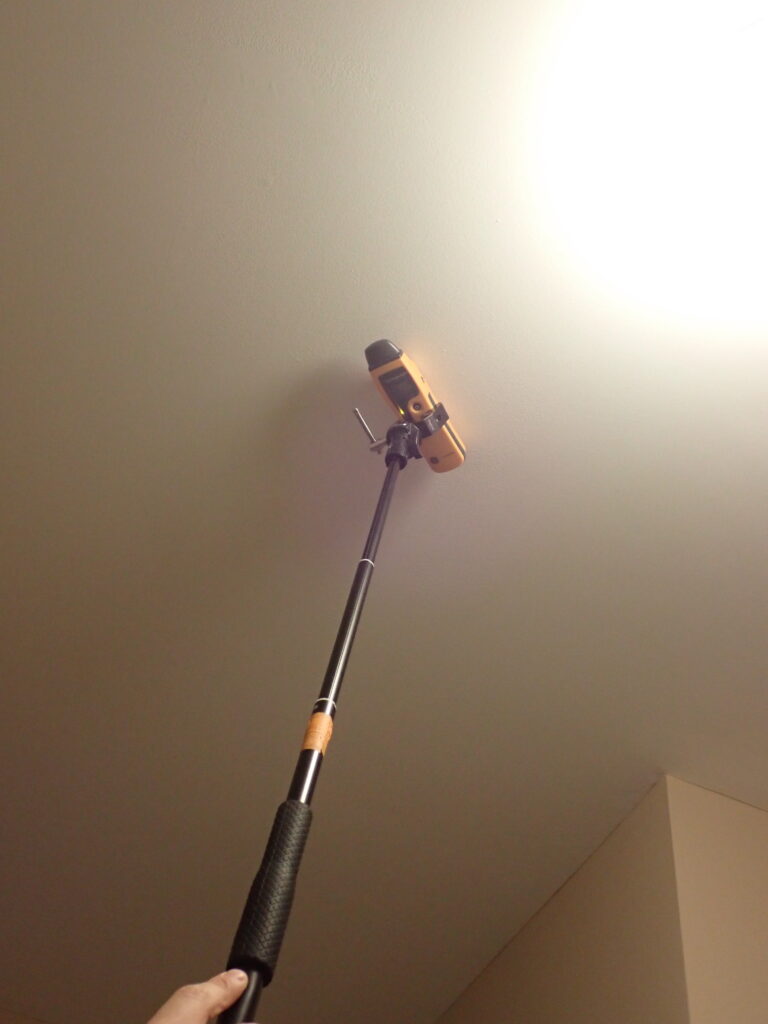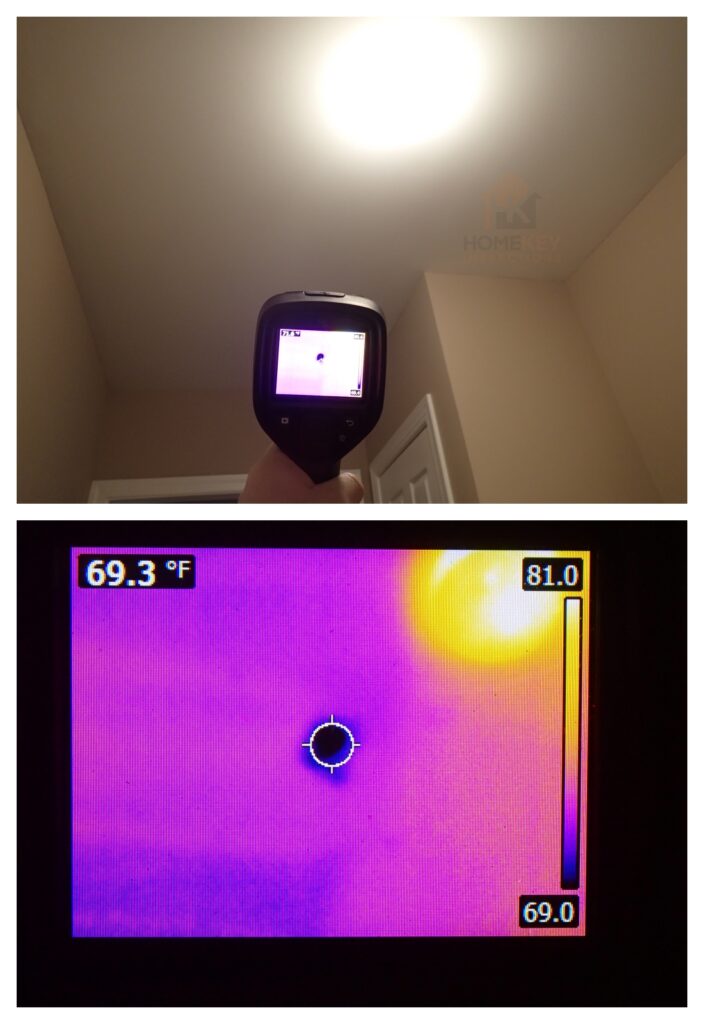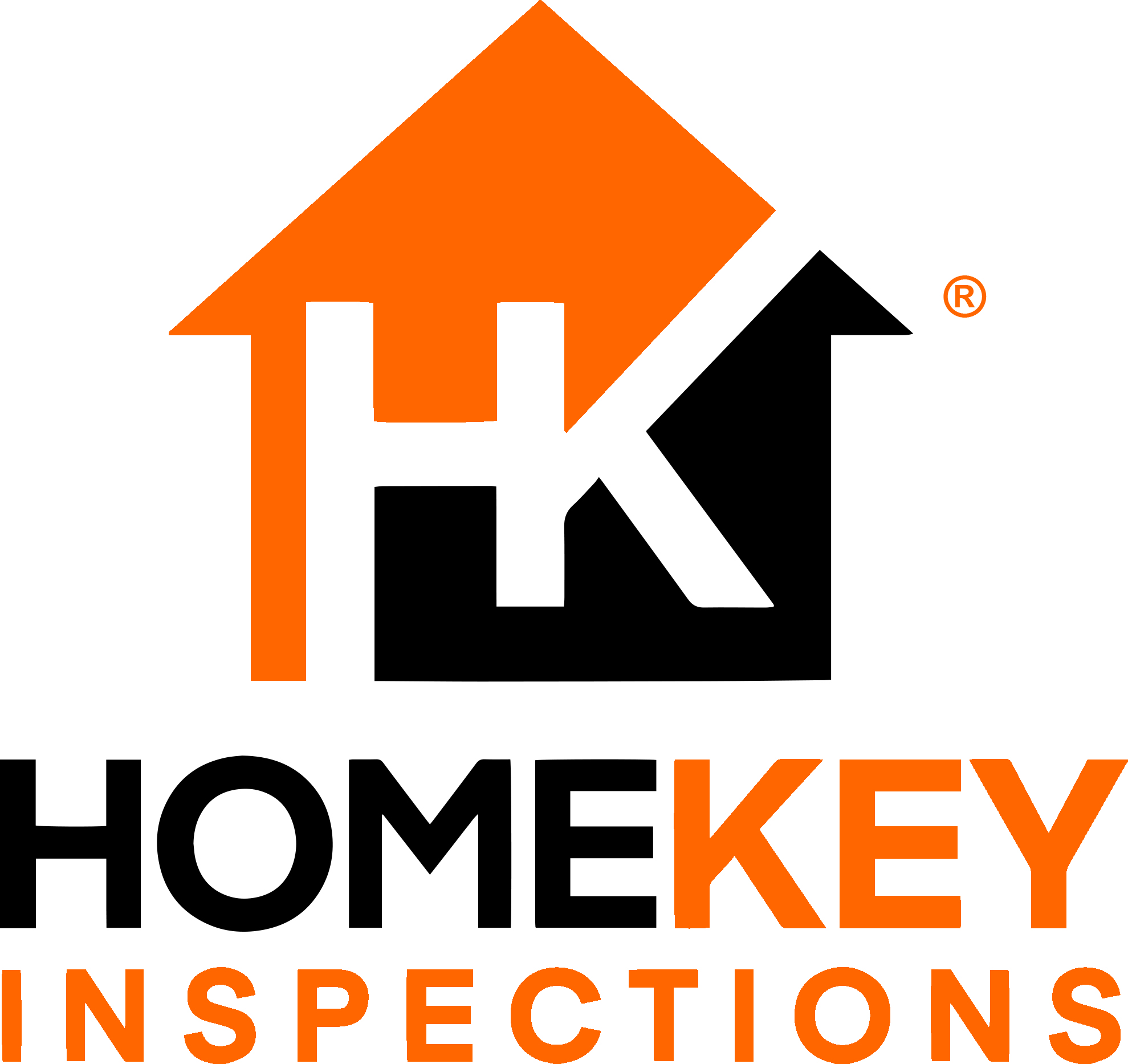Leak Detection: How Infrared Technology Can Help Find Hidden Leaks
At the time of this writing (mid-March), those “April showers” (that bring May flowers!) are just around the corner. If you are currently in the market to buy a home, this is good news for you…because you may have a better shot at catching, DURING a home inspection, active roof / flashing leaks or other sources of water intrusion from outside! And of course, there’s always the concern of water leaks related to the plumbing in your home. This is obviously not affected so much by weather and will always be something you’re looking for during a home inspection.
With that said, we HIGHLY recommend (in almost any situation) an add-on service to your standard home inspection which we call “Leak Detection”. Read on below as we address some common questions regarding the technology behind this add-on service. At the end we’ll also mention when it may NOT be worth it to include this add-on service.
(For one of the below sections there are multiple photos–you can toggle through them using the arrows on each side.)
Q: How does it work?
The thermal imaging cameras used by our inspectors use infrared technology to observe thermal anomalies. These cameras are able to detect ‘light’ or ‘energy’ invisible to our eyes (infrared light comes off in wavelengths too long for our eyes to detect). So when we point an infrared camera at a ceiling, for example, the camera is converting the heat signature of that area into an electronic signal and then an image that gives us helpful information.
So on the most practical level, when we scan the home we are generally looking for unusual ‘cool spots’. What does this have to do with spotting leaks? When moisture evaporates, it has a cooling effect on the surface with moisture–and the IR camera can pick up on this, indicating the possible presence of moisture. And because these tools detect thermal anomalies, for the same reason they can observe energy issues (missing / improperly installed insulation, for example).

Q: Does this mean that you can see through walls?
No, not exactly! It’s not accurate to say that an IR camera can “see through walls”, as if one could detect even moisture in a neighboring unit. What IR technology can “see” is simply more about the surface being observed. In other words, if I am performing a Leak Detection service in a home and spot with my camera a large cool spot (indicating presence of moisture, possibly), what I am seeing is the wet wall. The source of the leak may be on the other side / above the wall, but what I am detecting is moisture in the material itself. These tools are highly sensitive; they can pick up on very small / slow leaks.
Note: To be more accurate, what is observed using IR technology is not actually moisture, but thermal anomalies. Once we spot a suspicious area, we confirm using a moisture meter whether this “cool spot” is moisture, or something else (see accompanying picture showing the use of a moisture meter).
Q: What can IR technology, used in a Leak Detection service, find?
- Roof leaks
- Flashing leaks
- Leaks from supply / drain piping
- Window leaks
- Bath tub / shower pan leaks
- Condensate leaks
- Missing / improperly installed / inadequate insulation
- Water seepage through foundation wall
- and more 🙂

Q: But...aren't you already looking for leaks as part of a standard home inspection?
Yes, we do look for signs of (or current) leaks even during a normal, standard home inspection. The difference is that in our Leak Detection add-on service, the entire house is scanned using infrared technology, to find leaks that may not be visible / clear to us just by using our eyes.
Take a look at these photos for a good example–this is from an inspection that took place just a few days ago. A leak was observed that was not visible without the scanning of the entire home using infrared technology!
Additionally, the competent use of infrared technology (which goes above and beyond the Standards of Practice for a standard home inspection) requires an investment in, and upkeep of, very expensive equipment. (For many of our home inspectors, their infrared camera is by far their most expensive tool.) Lastly, our inspectors often have extra certifications they’ve obtained to refine their skills and ability to do thermal imaging well. For all the above reasons, a full scan of the home using infrared technology is considered an add-on service (and a highly recommended one!).
Q: Are there any situations where it would NOT make sense to order a Leak Detection service?
One scenario in which it would not make sense to add-on the Leak Detection service would be if: 1) It has not rained / snowed within the last couple of days, AND 2) you are ONLY concerned with leaks from the exterior (roof, flashing, etc). A roof or flashing leak will be impossible to spot if it has not rained recently enough!
Otherwise, we’d recommend this add-on service for any inspection. Finding even one small, unknown plumbing leak (a tub overflow drain, a toilet, a shower pan, etc.) often makes the service worth it!
